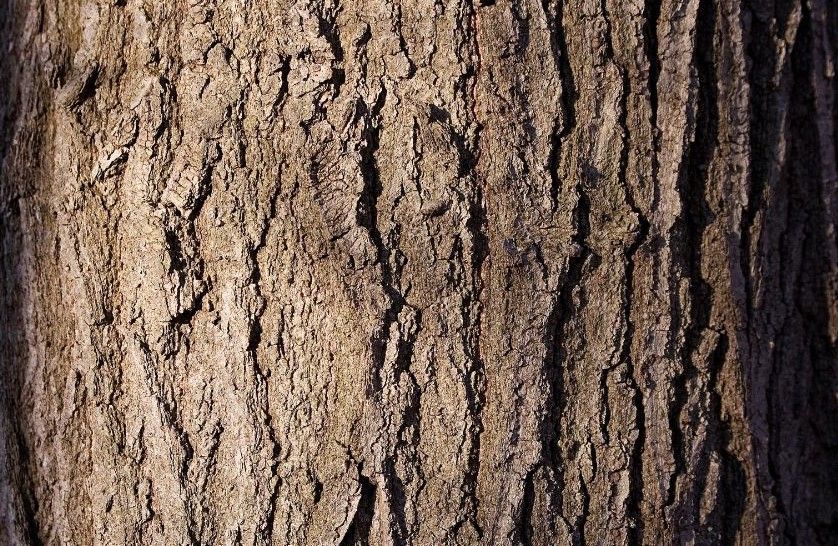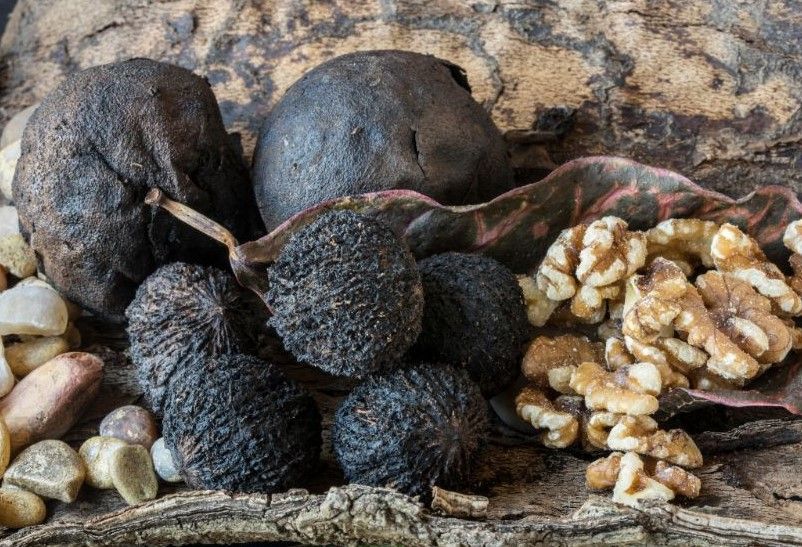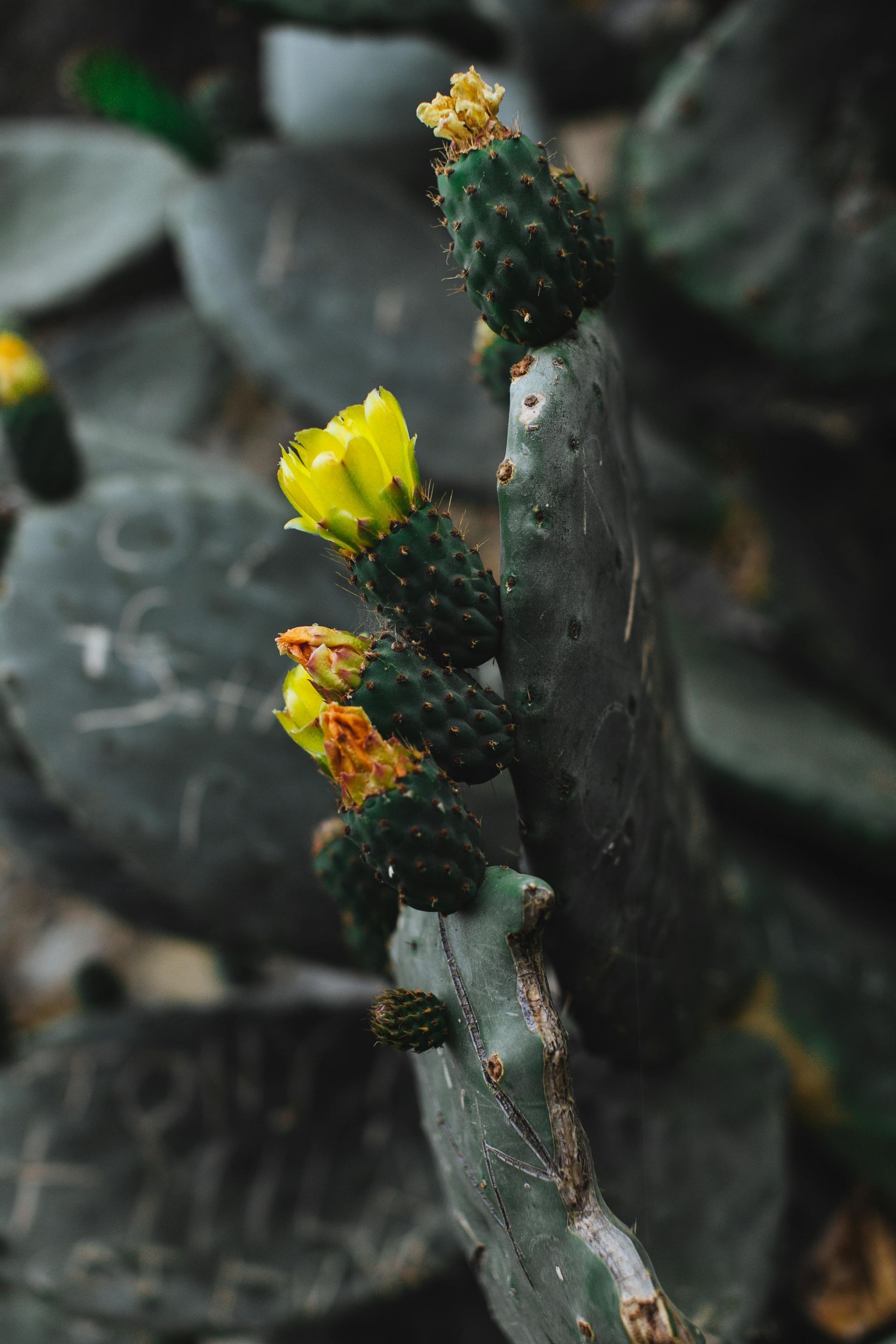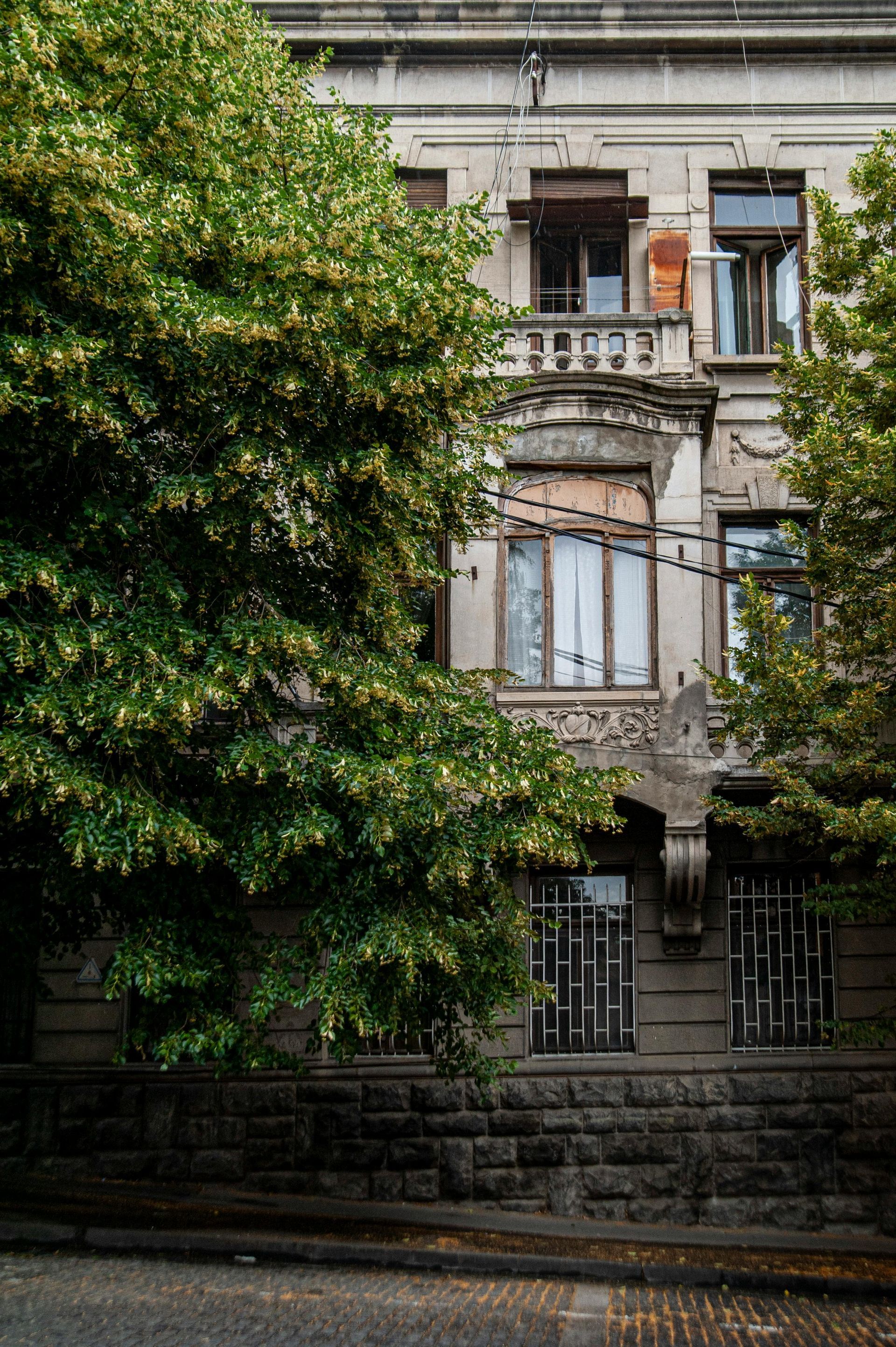The black walnut tree is one of North America’s most valuable and beautiful native trees. When planted in the open, the tree will branch out closer to the ground, making it easier to harvest its 2–3-inch nuts.
On larger properties, black walnuts make great shade trees, they can grow to 50 feet or taller. The bark will darken and develop intersecting diamond shaped ridges. The black walnut tree leaves are pinnate feather-like, there are usually two to nine pairs of leaflets on each blade and one more leaf at the tip, the leaves are very large, up to 24 inches long. Black walnut trees are the last to leaf out in the spring and the first to drop them in the fall. The walnuts will drop shortly after the leaves in September or October. The green walnuts typically grow to the size of a baseball and can weigh between 11-12 grams. They can make a mess in your yard while they rot and mold. If you want to crack the nuts, the meat on the inside is edible.











